K5 Learning
Susie and Rover
Reinforce reading comprehension skills with a two-page worksheet offering a story about a young girl, her dog, and an important life lesson. Scholars read the text then show what they know through four short-answer questions.
K5 Learning
Bruce and the Spider
After reading the story of, Bruce and the Spider, scholars answer four short answer questions to boost comprehension skills.
Curated OER
The Lightning Thief: Vocabulary Strategy
Take an in-depth look into the vocabulary from the novel, Percy Jackson and the Olympians: The Lightning Thief by Rick Riordan. With a list of words to choose from, scholars discover the definition, origin, stories associated with...
Novelinks
The Devil’s Arithmetic: Concept Analysis
A helpful guide to Jane Yolen's The Devil's Arithmetic for your literature unit. Use the sections on point-of-view, dramatic irony, and background knowledge, among others, to frame your lessons in an engaging and educational way.
Listening Library
The Sign of the Beaver
Extend a class reading of the novel The Sign of the Beaver across all subject areas with this literature unit guide. From basic discussion questions and writing prompts, to a research project about tracking animals, this...
PBS
Shakespeare & The Renaissance: Activity Ideas
Looking for ways to implement the words and works of William Shakespeare into your curriculum? This list of activity ideas is a great starting point, as it covers a wide range of grade levels and a wealth of online references to explore.
Curated OER
Where the Red Fern Grows Chapter 8-9 Worksheet
Find out how much your learners picked up from a couple of chapters of Where the Red Fern Grows by Wilson Rawls. Pupils answer six plot and character analysis questions and tackle similes. The worksheet is adaptable; assign it in class...
Curated OER
Where the Red Fern Grows Chapter 16-17
Find out how much your class understood of the listed chapters of Wilson Rawls' novel. Class members respond to eight plot and character questions before looking closely at an instance of personification from the text. The resource is...
Curated OER
Where the Red Fern Grows Chapter 19-20
Take a look at the final chapters of Wilson Rawls' much-loved novel. Class members respond to several plot-based questions and then consider the red fern as a symbol. The worksheet is part of a series that includes every chapter except...
Brain Targeted Teaching
Tuck Everlasting Novel Study
The broad ideas included here provide clear ideas on how to use brain-targeted learning, what activities work best with Tuck Everlasting, how to apply the knowledge gained from their reading, and ideas for evaluation. Not teaching...
Curated OER
Exploring Figurative Language in Fiction and Nonfiction
A reading of Pat Street's There's a Frog in My Throat launches a study of figurative language. Using a pocket chart, display one phrase containing figurative language. Class members choose the best explanation from three...
Curated OER
My Senator and Me: A Dog's-Eye View of Washington, D.C.
Although this legislative process lesson is designed to accompany a specific text, it is valuable independently. Young learners participate in a picture walk (worksheet included) through My Senator and Me: A Dog's-Eye View...
Curated OER
Figurative Language
Fifth graders identify and categorize figurative language in poetry.They read a poem and find an example of figurative language, then read the included hand-out on figurative language, and describe each type of figurative language. They...
Curated OER
Don't Fence Me In
Ensure that your class has a well-rounded understanding of new inventions, in this case barbed wired. Class members, after researching the history and development of barbed wire, assess its impact on cattle and the development of the...
Curated OER
Create a Video Poem
Collaborate to create a visual version of a poem using video. Before class, choose a poem to pick apart. Read it aloud and then analyze it in detail as a class. Assign a line or short section to each student to expand upon using a...
Curated OER
Just Lookin' For a Home
What is a boll weevil? Your class can find out that and more by following the activities included here. Pupils read an article, sing a boll weevil song, add to the song with their own original lyrics, illustrate the song, study the...
Poetry Foundation
Poetry Foundation: Dream in Color: Teacher Resources Glossary, Credits [Pdf]
This website contains a glossary with definitions of poetic terms and a bibliography of additional African-American poets and books and recommended reading.
University of South Florida
Fcat Express: Contextual Clues
Strategies to help students recognize the meaning of words through contextual clues provided by a standardized test preparation site intended for fourth grade. Includes strategies such as C(2)QU (See Two Cue You), PReP (Prereading Plan),...
Sophia Learning
Sophia: Hyperboles
This tutorial focuses on the use of hyperbole; it defines the term and explains when it is used. It offers two video clips: the first demonstrates the use of hyperbole in song lyrics as it highlights them, and the second shows the use of...
University of Victoria (Canada)
U Vic Writer's Guide: Literary and Rhetorical Terms: An Alphabetical List
This is an alphabetical list of literary and rhetorical terms; each includes a definition and examples.
Texas Education Agency
Texas Gateway: Imagery and Figurative Language (Grade 6)
This lesson focuses on the use of imagery and figurative language in writing to aid understanding and create images in the mind.
abcteach
Abcteach: Personification Form [Pdf]
Form reinforces the concept of personification with examples and room for students to create their own.
PBS
Pbs Learning Media: Elements of Poetry
Discover how literary techniques like figurative language, imagery, and symbolism contribute to the overall meaning of a poem. Explore how a poet establishes and builds on a theme and the difference between tone and mood. Through a close...
PBS
Pbs Learning Media: Literary Elements and Techniques Collection
These animated shorts introduce or review literary elements and techniques like theme, setting, figurative language, characterization, and conflict. They can be used when students are just learning how to identify the most commonly used...

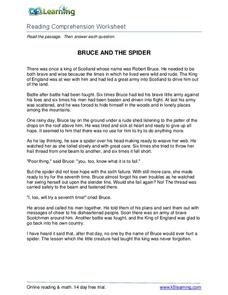


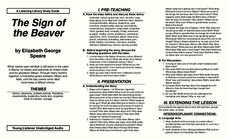






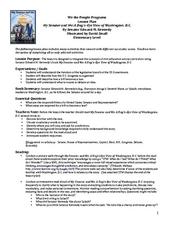

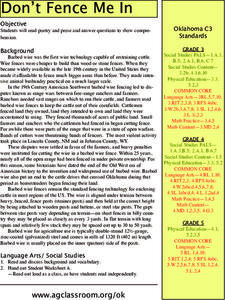


![Poetry Foundation: Dream in Color: Teacher Resources Glossary, Credits [Pdf] Handout Poetry Foundation: Dream in Color: Teacher Resources Glossary, Credits [Pdf] Handout](http://content.lessonplanet.com/resources/thumbnails/410002/large/bwluav9tywdpy2symdiwmduymc0ymjmwmy0xmg9iohvxlmpwzw.jpg?1589983067)


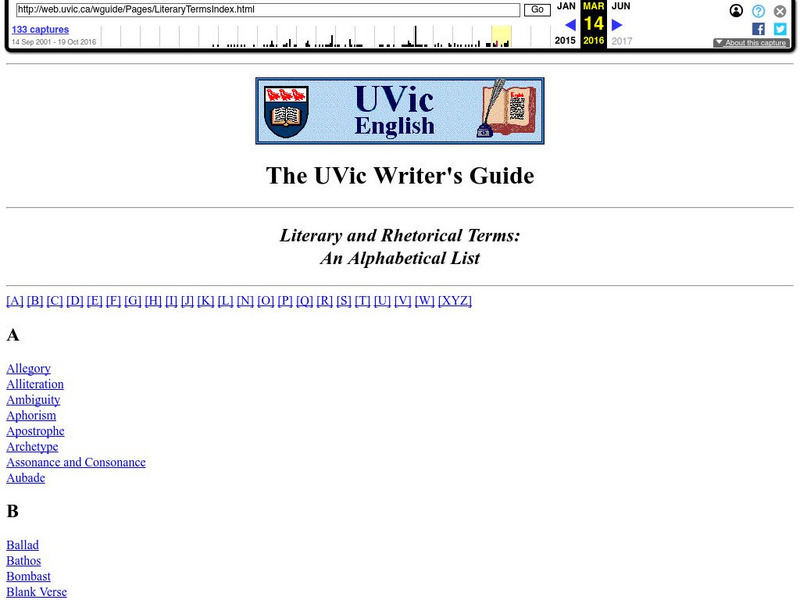

![Abcteach: Personification Form [Pdf] Handout Abcteach: Personification Form [Pdf] Handout](https://d15y2dacu3jp90.cloudfront.net/images/attachment_defaults/resource/large/FPO-knovation.png)